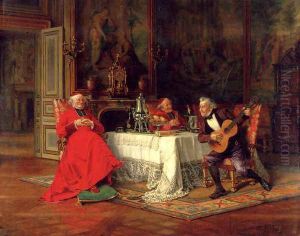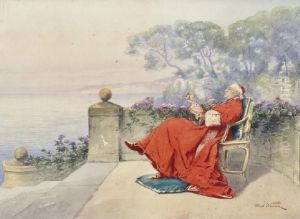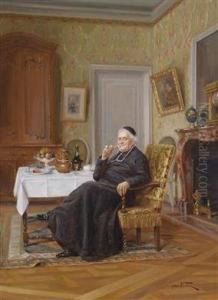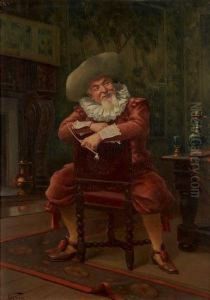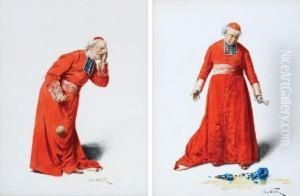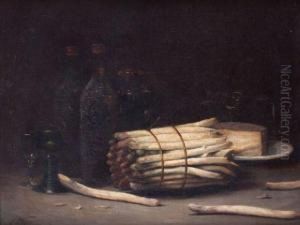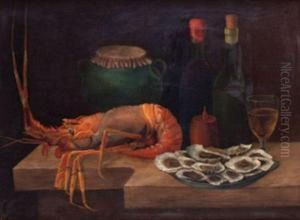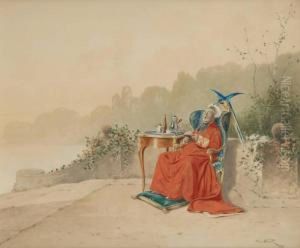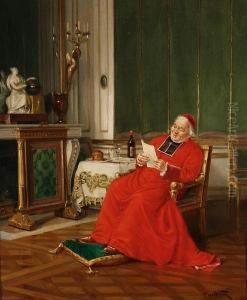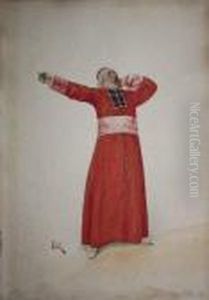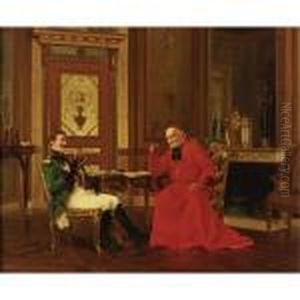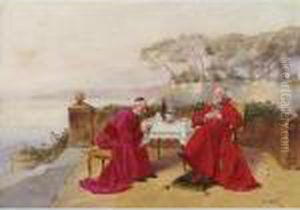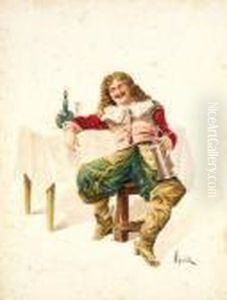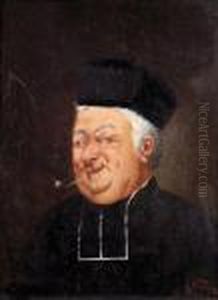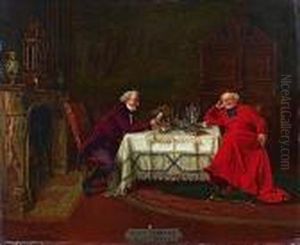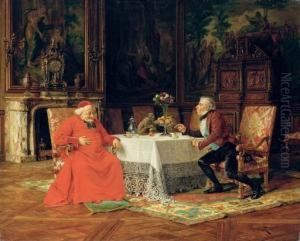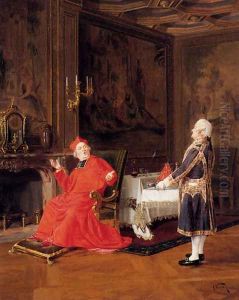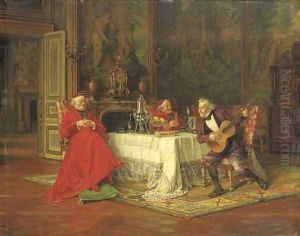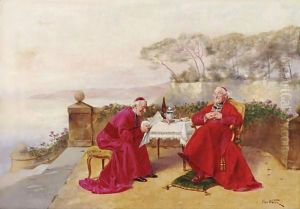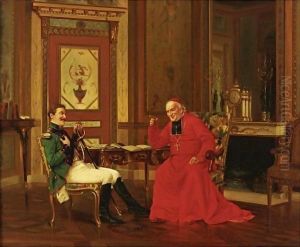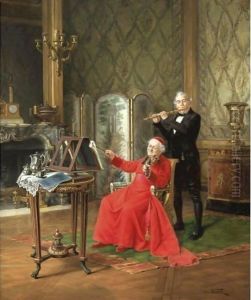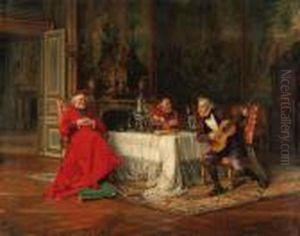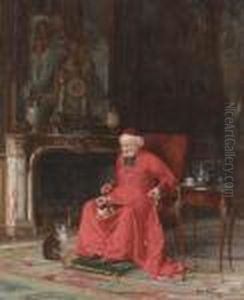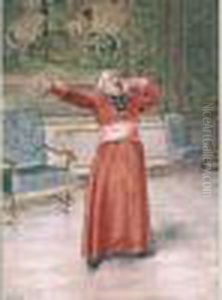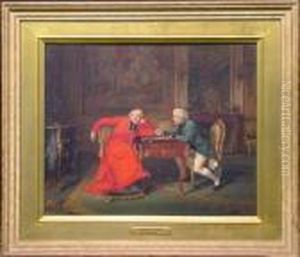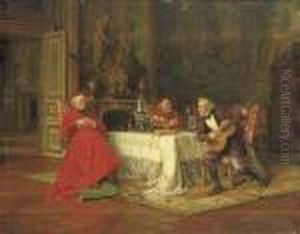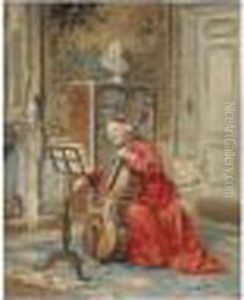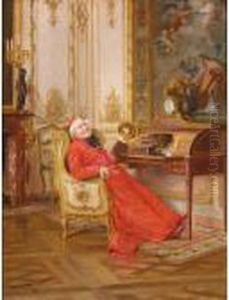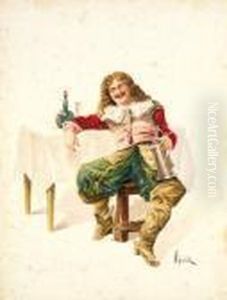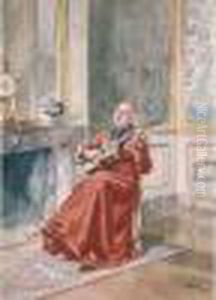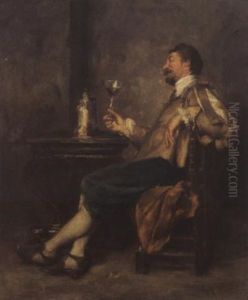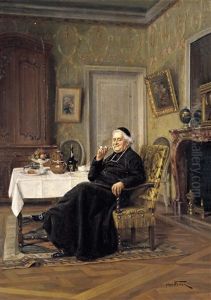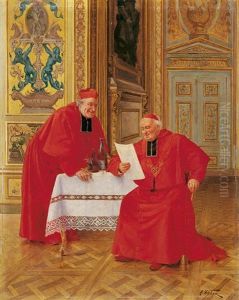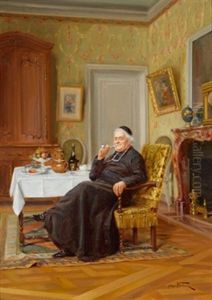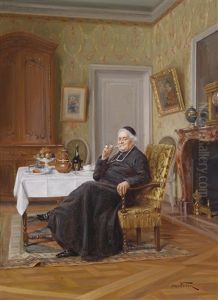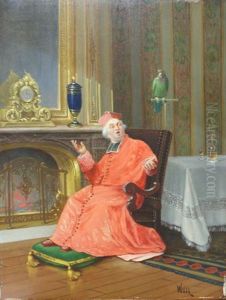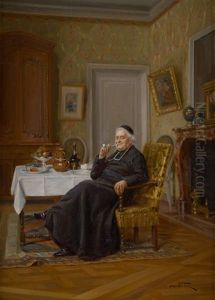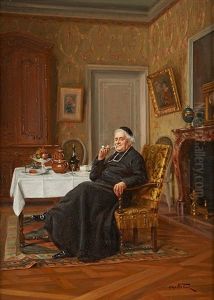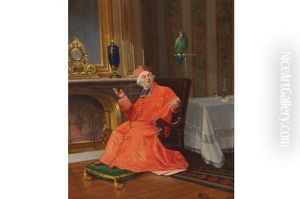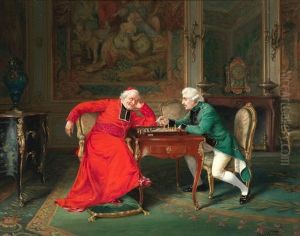Alfred Charles Weber Paintings
Alfred Charles Weber was a lesser-known French painter who was born on November 18, 1862, in Paris. His work was part of the post-Impressionist movement, which followed on the heels of Impressionism and included artists who wanted to take the experimentation with light and color in new directions. While not as widely recognized as some of his contemporaries, Weber contributed to the evolving styles of the late 19th and early 20th centuries.
Weber was educated in Paris, where he was exposed to the flourishing art scene of the time. He studied under various artists, which helped him develop a distinctive style that incorporated elements of both Impressionism and the emerging trends that would later be identified with Modernism. Though details about his education and personal life are not widely documented, it is known that he exhibited his work at the Salon des Indépendants, an annual French exhibition that was crucial for avant-garde artists of the time.
During his career, Alfred Charles Weber painted a range of subjects, including landscapes, portraits, and still lifes. His approach often involved a soft, yet vivid use of color and a loose, expressive brushwork that was characteristic of post-Impressionists who sought to convey emotion and movement rather than strict realism.
Despite his contributions, Weber did not gain significant fame during his lifetime, and much of his life's work went unnoticed by the broader art market. He did, however, have a small group of patrons and was appreciated by some art critics and fellow artists who recognized the quality and originality of his work.
Alfred Charles Weber passed away on October 10, 1922, in Paris. After his death, his work has occasionally been rediscovered and exhibited, although he remains relatively obscure in the annals of art history. His paintings, when they do surface, provide insight into the diversity of styles and techniques that were being explored during a time of great artistic innovation.
